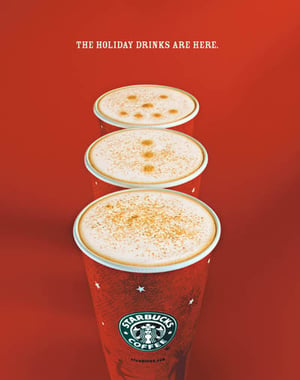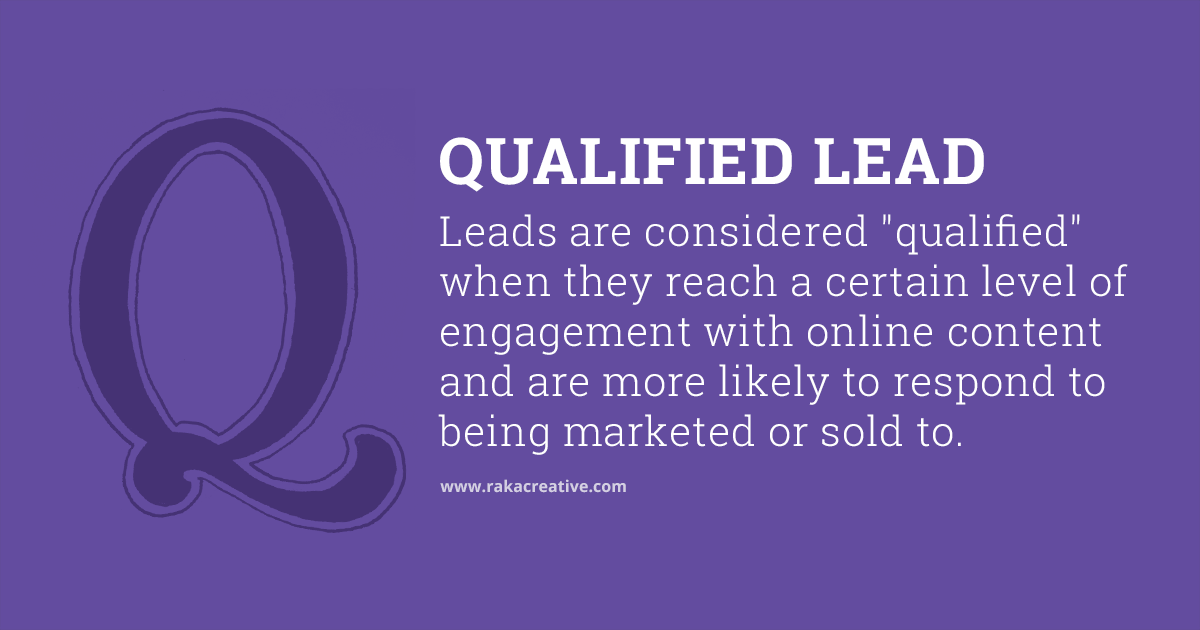Did you know that June 28 is International Body Piercing Day?
I didn’t either. Nor did I know that the April 16 was Record Store Day and May 26 was World Lindy Hop Day. According to Google, the Lindy Hop is “an American dance that evolved in Harlem, New York City, in the 1920s and 1930s.”
Who cares, right? Well, Swing Out New Hampshire, which holds a summer camp for Lindy Hop lessons, might care. And we know Bull Moose, a record store not far from our office in Portsmouth, NH, offered special promotions to customers on April 16.
In fact, businesses all over the world leverage holidays and national observances for content marketing to increase visibility and reach.
Heck, we do it! We created the #MyFurryValentineNH social media campaign to raise money for the NHSPCA. As it turned out, our audience loves its furry friends as much as we do and the effort raised $1,000 for homeless animals. It also garnered 203,143 impressions and a reach of 83,250 on Twitter and Instagram.
Thus, we come to the first DO of using holidays and national observances for content marketing:
Table of contents
- DO create content that’s valuable
- DON’T try to push sales
- DO use appropriate messaging
- DO be strategic
- DON’T go absolutely nuts
- DO measure the results
DO create content that’s valuable
Your content should always be valuable and actionable. If you’re simply trying to fill up the editorial calendar with blog posts about every single holiday, your readers will notice. And they won’t be happy. Why? Because a “10 Ways Bad SEO is Like a Scary Movie” blog post published at Halloween sounds as random and desperate as you know it to be, and that insults your readers’ intelligence.
Don’t do that.
Consider your audience first when trying to create great content. Who are you writing for, and what do you want them to do? When you’ve identified who your readers are, consider their needs and how to address them. Does your content answer a question or fulfill one of those needs? If yes, run with it.
DON’T try to push sales
Focus on brand awareness, not sales messaging, when leveraging holidays or national observances. These days and months are opportunities to relate your company to trending topics and common events. On the 4th of July, people want to hang out at BBQs with family and friends, thinking, ‘Man, do I love America and days off from work.’ They don’t kick up their feet up and think, ‘Man, do I love America and dish soap that’s tough on grease but gentle on my hands.’
Granted, companies can tailor sales messaging to reflect a holiday or observance if it makes sense. Like Starbucks, for example. Is a peppermint mocha a warm, delicious fit with the winter holiday season? Look at this ad and just try to say no:

Now let’s check out a different holiday product push:

Mmm, Christmas… mayonnaise.
The Hellman’s sentiment feels forced, right? That’s not what you want for your content. If you really think your company needs to highlight a product or service during the holidays, do a giveaway. Promotional giveaways can work at Christmas because it’s the season of giving and all that good stuff.
DO use appropriate messaging
Speaking of Christmas, it’s good to remember not everyone celebrates the same holidays. Be respectful of the religious or cultural significance some holidays and observances hold. There’s a reason this commercial offended many, many people:
Ahem. Anyway.
I cringe every year on the last Monday in May to read or hear “Happy Memorial Day!” Memorial Day honors the men and women who died while serving in the U.S. armed forces; though some remember their lost loved ones with pride, it’s not a happy holiday. If your company serves members of the military community it has to be sensitive to this fact or risk losing credibility.
Want to make some sailors laugh? Try it on National Talk Like a Pirate Day! As long as it makes sense for your brand, of course.
DO be strategic
Picking a theme to plan around, both for messaging and designs, can help you avoid issues with inappropriate messaging. Strategizing around a theme rather than a single day can also give you more room for content creation. Let’s say you own a grocery store. A “Happy Thanksgiving!” blog post isn’t interesting, it isn’t evergreen, and it isn’t valuable to your customers. But what if you created a series of blog posts that focus on family? A post like “Our Top 10 Favorite Family Recipes” could be published in November and shared throughout the whole year.
DON’T go absolutely nuts
It’s possible to go overboard with your planning. Yes, being strategic is important; no, your team shouldn’t hole up in the war room for a year to nail down a content marketing plan for President’s Day. Unless you’re marketing around a totally obscure observance (and why would you do that?!), your subscribers will probably get other marketing emails at the same time. You don’t want your hard work to get buried, do you? Of course not. Your effort should have a payoff. Which brings us to….
DO measure the results
Set SMART—specific, measurable, attainable, realistic, time-bound— goals for your campaigns. SMART goals can clarify why you’re engaging in content marketing for holidays in the first place. They can also provide specific information about return on investment so you know if it’s worth your time to repeat the effort.
Not a SMART goal: Wish everyone a happy new year!
A SMART goal: Increase our blog traffic by 10,000 visits in January.
See what I mean? Now go forth and market wisely




